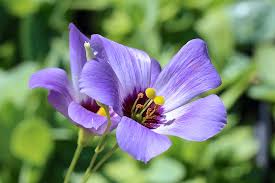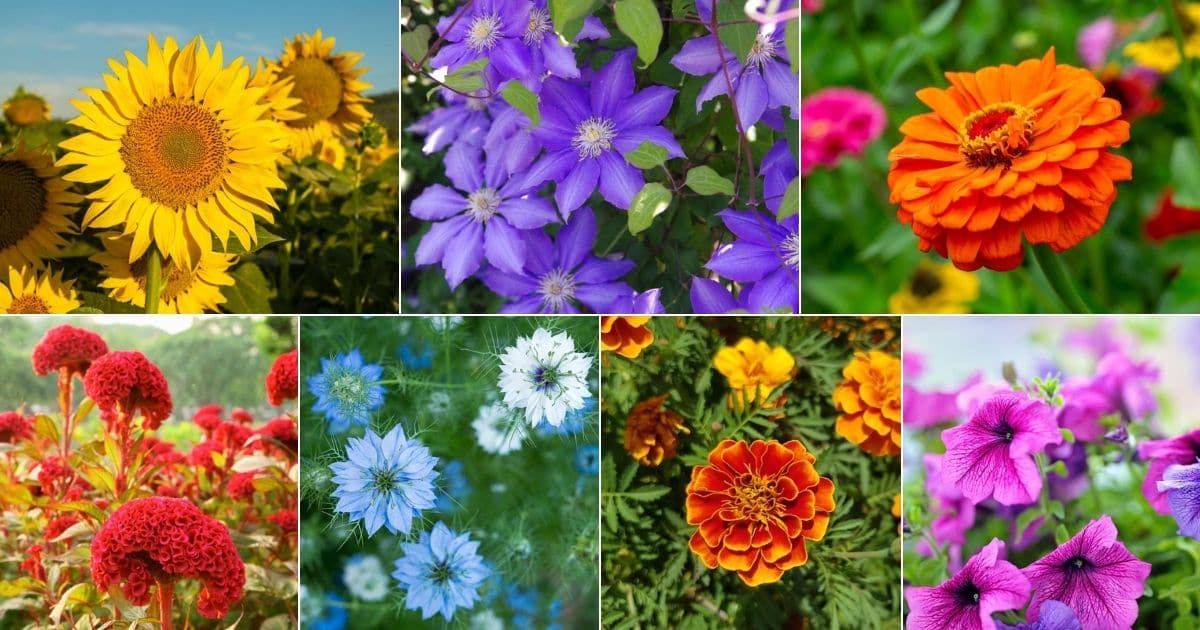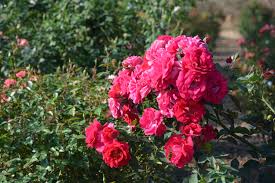The Beauty of the Texas Bluebell
The Texas Bluebell (Eustoma grandiflorum) is a sight to behold. With its soft, bell-shaped blossoms, it resembles a delicate blue lantern hanging from its stem. These flowers come in various shades of blue, from pale azure to deep navy, and can sometimes have a hint of purple. The petals have a silky texture and often display a subtle gradient of color, adding to their allure.
In addition to their color, Texas Bluebells are known for their elegant form. The flowers have a graceful, trumpet-like shape that opens up to reveal a beautiful center. This form not only makes them visually appealing but also attracts pollinators like bees and butterflies, making them a great addition to any garden looking to support local wildlife.
The Significance of the Texas Bluebell
Cultural Importance
The Texas Bluebell is more than just a pretty flower; it holds cultural significance in the region. It’s often associated with the wild beauty of Texas and is a symbol of the state’s rich natural heritage. The flower’s vibrant color and delicate appearance have made it a popular choice for various local festivals and events celebrating Texas’s flora and fauna.
Ecological Role
From an ecological perspective, the Texas Bluebell plays a crucial role in supporting local ecosystems. It attracts pollinators, which are vital for the health of many plants and the environment. By growing Texas Bluebells, gardeners can help create a more balanced and thriving ecosystem in their own backyards.
Growing Texas Bluebells
Choosing the Right Location
To grow Texas Bluebells successfully, start by selecting the right location in your garden. These plants thrive in full sun to partial shade. They need plenty of sunlight to bloom well, but they can also tolerate some shade, especially in the hotter parts of the day. Make sure the area has well-draining soil, as Texas Bluebells do not like to have “wet feet.”
Soil Preparation
Before planting, prepare the soil by ensuring it’s loose and well-draining. Texas Bluebells prefer a slightly acidic to neutral soil pH. If your soil is too heavy or clayey, consider mixing in some compost or sand to improve drainage. This will help prevent root rot and ensure the plants have a healthy growing environment. You Can Also Read This What is the History of the Migliaccio Family in Texas
Planting Texas Bluebells
Texas Bluebells can be grown from seeds or nursery plants. If starting from seeds, sow them directly into the garden soil after the last frost date. Press the seeds gently into the soil but don’t cover them too deeply. They need light to germinate, so a light dusting of soil is sufficient. Water the area gently to keep the soil moist until the seeds sprout.
If you prefer using nursery plants, plant them in the garden at the same depth as they were in their pots. Space the plants about 6 to 12 inches apart to allow them room to grow and spread. Water them thoroughly after planting to help them establish their roots.
Watering and Fertilizing
Texas Bluebells are relatively low-maintenance when it comes to watering. They prefer regular watering but should not be kept constantly wet. Allow the top inch of soil to dry out between waterings. Overwatering can lead to root rot, so it’s important to find a balance.
Fertilize your Texas Bluebells once a month during the growing season with a balanced, water-soluble fertilizer. This will provide them with the nutrients they need to produce vibrant blooms. Avoid over-fertilizing, as this can lead to excessive foliage growth at the expense of flowers.
Pruning and Maintenance
To keep your Texas Bluebells looking their best, remove spent flowers regularly. This process, known as deadheading, encourages the plant to produce more blooms and helps maintain a neat appearance. Simply pinch off the faded flowers at the base of the stem.
Texas Bluebells are generally pest-resistant, but keep an eye out for common garden pests like aphids or spider mites. If you notice any problems, treat them with an appropriate insecticidal soap or neem oil.
Common Issues and Solutions
Pest Problems
Although Texas Bluebells are relatively pest-resistant, they can occasionally attract aphids or spider mites. These pests can be managed with insecticidal
soap or neem oil. Regularly inspect your plants and treat any infestations promptly to prevent damage.
Disease Management
Texas Bluebells are generally healthy, but they can occasionally suffer from fungal diseases, particularly if overwatered. To avoid this, ensure good soil drainage and avoid wetting the foliage. If you notice any signs of disease, such as leaf spots or mildew, remove affected parts of the plant and apply a suitable fungicide.
Environmental Factors
Texas Bluebells are hardy plants, but extreme weather conditions can affect their growth. In very hot climates, ensure they receive some afternoon shade to protect them from scorching temperatures. In colder areas, consider providing mulch around the base of the plants to help insulate the roots during winter.
Harvesting and Using Texas Bluebells
Cutting Flowers
Texas Bluebells make excellent cut flowers for bouquets. To harvest them, cut the stems early in the morning when the flowers are fully open. Place the cut stems in a vase with water immediately to keep them fresh. They can last for up to a week in a vase, adding a touch of natural beauty to your home.
Culinary Uses
While Texas Bluebells are primarily ornamental, their petals are edible and can be used to garnish salads or desserts. Ensure that any flowers you consume are grown without pesticides or chemicals.
Texas Bluebells in Landscaping
Designing with Texas Bluebells
Texas Bluebells can be used in various landscaping designs. Their vibrant blue color pairs well with other wildflowers and ornamental grasses. They work beautifully in mixed borders, cottage gardens, or as part of a wildflower meadow. Combine them with plants like black-eyed Susans, coneflowers, or lavender for a stunning display of colors and textures.
Container Gardening
If you have limited garden space, consider growing Texas Bluebells in containers. Use a well-draining potting mix and choose a container with drainage holes. Container-grown Bluebells can brighten up patios, balconies, or entryways and can be moved around to take advantage of the best sunlight conditions.
Conclusion
The Texas Bluebell is a beautiful and significant flower that adds charm and color to gardens and landscapes. With its striking blue blossoms and gentle bell shape, it captures the essence of Texas’s natural beauty. By understanding its significance and following the tips for growing and caring for Texas Bluebells, you can enjoy their vibrant presence in your garden. Whether you’re a seasoned gardener or a novice, this flower offers a rewarding and visually stunning addition to any outdoor space.





